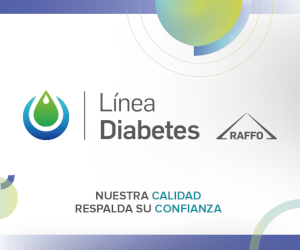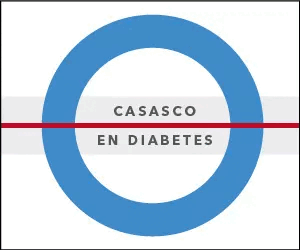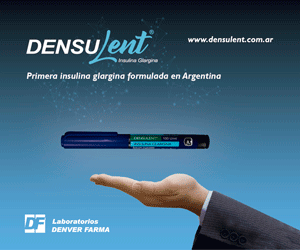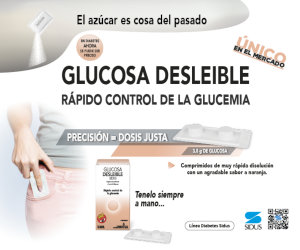O2 Screening of anti-tissue transglutaminase autoantibodies in pediatric patients with a recent diagnosis of diabetes mellitus, using a novel immunoassay
DOI:
https://doi.org/10.47196/diab.v54i3Sup.403Keywords:
screening, diabetes, immunoassayAbstract
Introduction: Type 1 diabetes mellitus (DM1) and celiac disease (CD) are chronic, polygenic and multifactorial diseases linked to immune system dysfunction. They occur simultaneously in 10% of patients, which is why routine screening for CD is recommended in patients with a recent diagnosis of DM1.
Objectives: to perform screening in pediatric patients diagnosed with DM1 to evaluate the presence of anti-tissue transglutaminase autoantibodies (tTgA), using a method based on flow cytometry (FloCMIA: Flow Cytometric Microsphere based Immunoassay).
Materials and methods: Sera from 253 pediatric patients with newly diagnosed DM1 were tested and the presence of tTgA was assessed by FloCMIA. A double paratope model was used by incubating the sera with 5 µm polystyrene microspheres adsorbed with recombinant tissue transglutaminase (His6tTg), ON at 4 ºC. The mixture was incubated with biotin-labeled His6tTg and the formed immune complexes were detected using streptavidin-phycoerythrin and acquired on a flow cytometer. The results were expressed in Standard Deviation scores (SDs), considering samples with SDs>1.7 positive. tTgA samples positive by FloCMIA were contrasted with a commercial ELISA kit.
Results: of the 253 diabetic patients studied, 33 (13.0%) were positive for tTgA by FloCMIA, of these, 17 (51.5%) were confirmed by ELISA. Of the 17 positive patients confirmed by ELISA, 12 had at least one autoimmunity marker for DM and 5 only for CD. It should be noted that of the 13 tTgA patients positive by FloCMIA and negative by ELISA, 11 (84.6%) were positive.
for some DM marker.
Conclusions: in the studied population, 13.0% of patients were positive for tTgA by FloCMIA, a prevalence similar to that found for CD in patients with DM1. FloCMIA was able to detect tTgA in 13 patients that the ELISA could not, possibly due to differences in the physicochemical principles of both methods, as well as the ability of FloCMIA to detect antibodies of IgA and IgG isotypes simultaneously. Thus, the novel technique developed in our laboratory -based on flow cytometry- presented a high analytical sensitivity, with the potential to be used in multiplex type assays for the combined search for other autoimmune pathologies (such as autoimmune thyroid disease) in patients with recent diagnosis of DM1.
Downloads
Published
How to Cite
Issue
Section
License

This work is licensed under a Creative Commons Attribution-NonCommercial-NoDerivatives 4.0 International License.
Dirección Nacional de Derecho de Autor, Exp. N° 5.333.129. Instituto Nacional de la Propiedad Industrial, Marca «Revista de la Sociedad Argentina de Diabetes - Asociación Civil» N° de concesión 2.605.405 y N° de disposición 1.404/13.
La Revista de la SAD está licenciada bajo Licencia Creative Commons Atribución – No Comercial – Sin Obra Derivada 4.0 Internacional.
Por otra parte, la Revista SAD permite que los autores mantengan los derechos de autor sin restricciones.







































